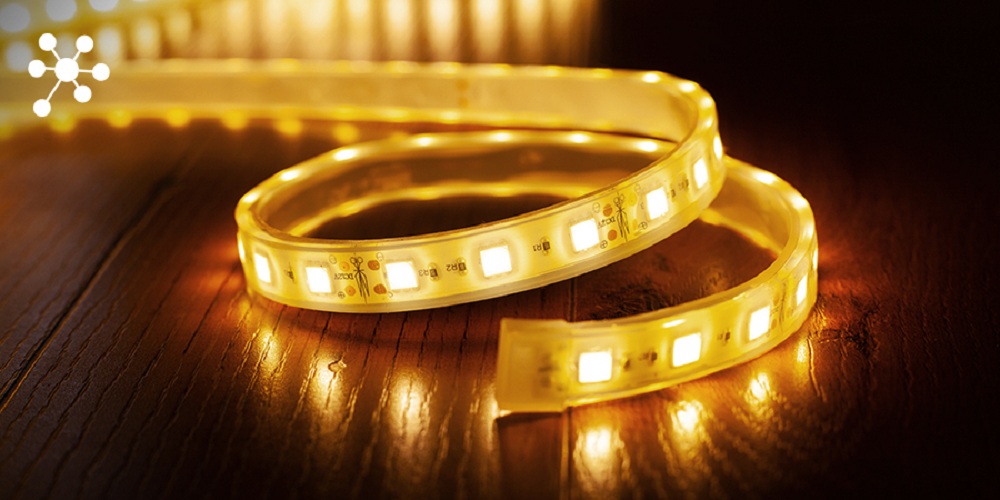LED strips are known for their decorative features, energy efficiency, low cost, and easy installation. But are these lights really easy to install? It’s the first question that comes to the mind of a beginner.
To install the LED strip lights smoothly, ensure to read an elaborated guide. And this is a guide that will help you understand all the details about the LED strip installation process.
Before starting the installation, there are a few things that you should consider or set up. Otherwise, you need to stop in the middle of the process.
So, if you are interested to learn, read the article till the end. Let’s begin!
#1 Type of Strips
The strips are generally of two different types;
- Flexible
- Rigid
The flexible strips are usually designed to fold at almost 90 angles. The bending of these strips makes it easier to place them in the corners. These strips are available in long rolls. You can cut the strips and make pieces according to your requirements.
The rigid strips are prone to bending and cutting. These strips are designed only for a few applications. And because you can’t cut them into small pieces, these strips are available in short pieces. So, you can connect them to cover a long distance.
#2 The Power Supply
The second thing you need to consider is that the place where you are about to apply the strips has the power connection of the driver near. Drivers are of two types based on the use of low voltage DC and high-voltage AC.
The LED strips need a very low voltage, like 12V or 24V, so choose the DC over the AC. The power supply should not exceed 10-20% wattage than the strips.
Things You Need for Installation
- Rolls of strips
- Measuring tape
- Adapter
- led mounting pack with required screws and caps
- Measuring tape
- Strips splitter
- Dimmer
Process of Installation
1. Cleaning of Wall
Cleaning the place and wall where you want to place the strips is optional. However, it will be good to clean the surface.
2. Check the LED Strips
Before connecting the strips with power, first unwind the strips from a roll and check if there is any damage or not. Any mistake or carelessness can ruin your efforts.
3. Measure the Surface
Measuring the surface is very important to cut the required amount of LED strip from the roll. Mark the strips and cut the exact points.
4. LED Strip Connection with Power Supply
After ensuring that everything is fine, connect the LED strips with the power supply. To connect the strip lights with power, a few things are needed;
· Adaptors
The adaptors are used to connect the strips with the power supply. The function of the adaptor is to change the high voltage into low. It creates a perfect barrier between the high voltage power supply and strips to protect them from damage.
· Dimmer
The dimmable LED strips need a dimmer to control their brightness. These dimmers are placed between the adapter and strips.
If you connect more strips with one adaptor or dimmer, you can use strip splitters to connect many of them.
5. Test the Strips
After connecting everything, light up the system to check if everything is working correctly or not.
6. Install the Strips
If everything turns out well, place the strips in their respective places. Be careful not to damage the fragile strips. Turn the strips on and enjoy the beautiful lighting all around.


